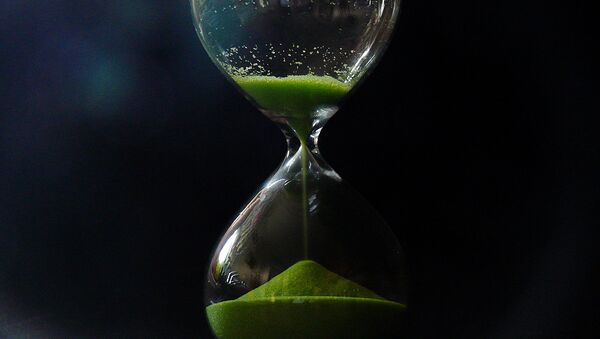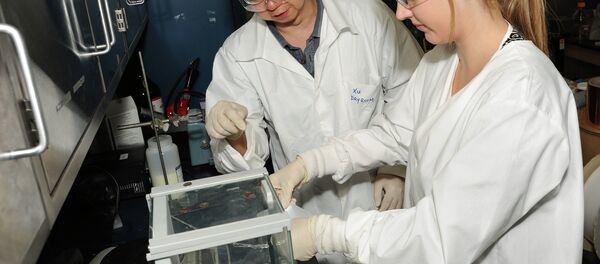Scientists have managed to create time crystals, a new state of matter that was first hypothesized by American theoretical physicist and Nobel laureate Frank Wilczek five years ago.
Ordinary crystals like salt or sugar are comprised of atoms arranged into repeating structural patterns in space.
Time crystals, however, are something different because not only do they have a fixed order in space, they have a repeated order in time as well. This means that the atoms in time crystals prefer different states at different intervals in time.
In January, a team of physicists at the University of Berkeley published a blueprint for producing and detecting time crystals, which scientists at the University of Maryland and Harvard University have recently put into practice with systems of trapped ions (electrically charged atoms) and impure diamonds.
They found that time crystals cannot exist in equilibrium, but it is possible to create them in non-equilibrium states. They are the first example of a new class of matter called non-equilibrium phases, in which the structure keeps oscillating, even without energy.
"Time crystals are materials that have additional structure in time when they reach equilibrium, so they can be active even when they reach equilibrium," he explained.
When he published his paper in 2012, many physicists denied the possibility that time crystals could exist.
"If you make too many restrictive assumptions, you can show that it's impossible and if you push it too far, for instance you could easily think that time crystals would also be perpetual motion machines. However, there are subtle distinctions and refinements of the idea that have taken place over these last several years that have led to a definition which is neither impossible nor trivial, but in the sweet spot of things that are barely possible and fundamentally new."
Wilczek said that it's still too early to tell how important the discovery is. It can be compared to the discovery of new territory, the size and significance of which we still don't know.
"We don't know if it's going to be a small island or a continent, and if it's a continent, we don't know whether it's going to be a fertile continent like North America or Antarctica. It's too soon to tell. My feeling is that the phenomenon is sufficiently fundamental that it's probably opening up a new continent. But how fertile that continent is, is not yet clear to me."
"There's a whole landscape of possible time crystals, just as there are many species of ordinary crystals, in fact even more so. So, it's too early to tell exactly for what and how useful these materials will be."
The sensitivity and ordered nature of time crystals could be very useful in synchronizing delicate quantum clocks and computers.
"The only relatively concrete use I can see at the moment, which comes right out of their central property, is that eventually they can serve as useful clocks for quantum computers," Wilczek said.
Have you heard the news? Sign up to our Telegram channel and we'll keep you up to speed!





